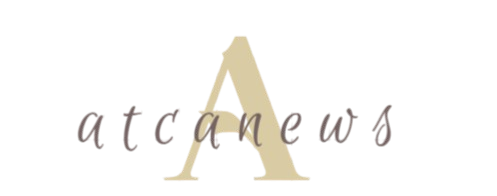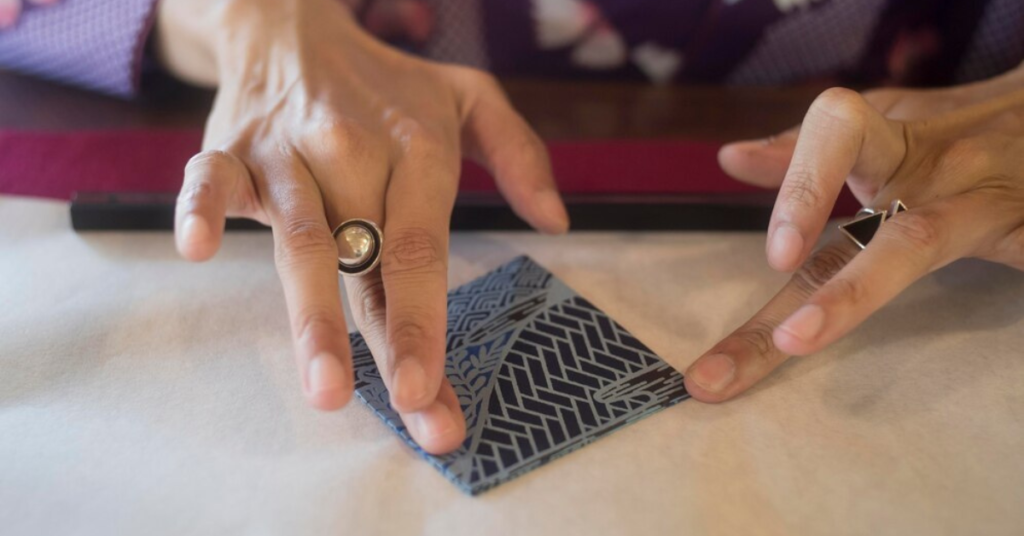In the heart of Peru’s vibrant cultural heritage lies Uncuymaza, a traditional weaving technique that transcends mere craftsmanship. It is an art form deeply rooted in the identity of indigenous communities, telling stories of their history, values, and traditions through intricate patterns and vibrant designs. Every woven piece represents a connection between the past and present, where the hands of modern weavers continue the legacy of their ancestors.
Uncuymaza is more than a weaving technique—it’s a way of preserving cultural heritage and celebrating creativity. This article takes you on a journey into the world of uncuymaza, uncovering its origins, cultural importance, and how it has evolved over time while remaining a symbol of Peruvian identity.
The Origins of Uncuymaza: A Thread Through Time
The roots of uncuymaza trace back centuries to the indigenous communities of Peru. These weavers mastered the art of crafting intricate textiles, drawing inspiration from their natural surroundings, spiritual beliefs, and daily lives. Their designs reflect a harmonious relationship with nature, incorporating patterns that symbolize mountains, rivers, animals, and celestial bodies.
Passed Down Through Generations
Uncuymaza isn’t just a skill—it’s a legacy. The knowledge of weaving and the meanings behind its patterns have been passed down orally from one generation to the next. In doing so, families and communities have preserved their cultural identity and maintained a strong connection to their ancestors.
A Symbol of Community
Weaving in uncuymaza is often a communal activity. It brings people together, fostering a sense of belonging and shared purpose. Through their art, weavers contribute to the larger narrative of their community, creating textiles that are not only functional but also deeply symbolic.
The Cultural Significance of Uncuymaza
Uncuymaza is more than a craft; it is a language that communicates values, stories, and traditions. Here’s why this art form holds such immense cultural importance:
A Living History
Each textile tells a story, whether it’s a mythological tale, an account of historical events, or a depiction of everyday life. Through uncuymaza, weavers document their community’s journey, ensuring that future generations remain connected to their roots.
Expression of Identity
The unique patterns and colors of uncuymaza textiles often signify the community or region from which they originate. Wearing or displaying these textiles is a way for individuals to express their cultural identity and pride.
A Spiritual Connection
For many indigenous communities, weaving is a spiritual practice. The patterns and designs are infused with symbolism, representing harmony, balance, and the interconnectedness of life. The act of weaving itself is often seen as a form of meditation or a connection to the divine.
The Techniques Behind Uncuymaza
What sets uncuymaza apart is the mastery and precision involved in its creation. The process begins with harvesting natural fibers, which are then dyed using plant-based and mineral pigments. These dyes produce the vibrant colors that are characteristic of uncuymaza textiles.
Handcrafted Precision
Using traditional looms, weavers painstakingly create intricate patterns by interlacing threads. This meticulous process requires both skill and patience, as even a small error can disrupt the design’s symmetry.
Natural Dyes and Sustainability
The use of natural dyes not only creates beautiful colors but also aligns with sustainable practices. These dyes are made from native plants, roots, and minerals, ensuring that the art of uncuymaza has minimal impact on the environment.
Distinctive Patterns
The patterns in uncuymaza textiles are more than decorative—they are stories woven into the fabric. From geometric designs to animal motifs, each element has a meaning, reflecting the weaver’s connection to their community and environment.
Uncuymaza in Modern Times
While uncuymaza remains deeply rooted in tradition, it has also found its place in the modern world. Today, this art form is celebrated both locally and globally, with increasing efforts to preserve its legacy and promote its significance.
Revival Through Artisans
Artisan cooperatives and organizations are working to keep the tradition of uncuymaza alive. These groups provide training and resources for young weavers, ensuring that the craft continues to thrive in the modern era.
Global Recognition
Uncuymaza has gained international attention for its beauty and cultural value. As travelers and collectors seek authentic Peruvian textiles, uncuymaza pieces are becoming symbols of sustainable and ethical fashion.
Challenges in Preservation
Despite its growing recognition, uncuymaza faces challenges. Modernization and the availability of machine-made textiles threaten the demand for handcrafted pieces. However, initiatives focused on cultural preservation are helping to safeguard this invaluable art form.
Why Uncuymaza Matters Today
The relevance of uncuymaza goes beyond its aesthetic appeal. It serves as a reminder of the importance of cultural preservation in a rapidly changing world. Here’s why this traditional craft continues to resonate:
A Lesson in Sustainability
Uncuymaza reflects the wisdom of indigenous practices, emphasizing harmony with nature and sustainable methods. It teaches us to value craftsmanship and to appreciate the time and effort behind every handmade item.
A Celebration of Diversity
In a world that is becoming increasingly globalized, uncuymaza celebrates the diversity of human culture. It highlights the unique stories and perspectives of Peru’s indigenous communities, enriching the global cultural landscape.
Inspiration for Modern Design
The intricate patterns and vibrant colors of uncuymaz’a have inspired designers and artists around the world. By incorporating traditional elements into modern creations, these artists pay homage to the heritage of uncuymaza while bringing it to new audiences.
Conclusion
Uncuymaza is more than a weaving technique—it’s a cultural treasure that embodies the history, creativity, and resilience of Peru’s indigenous communities. Every thread tells a story, every pattern carries a meaning, and every textile is a testament to the enduring power of tradition.
As uncuymaza continues to evolve and adapt to modern times, its essence remains unchanged. It bridges the past and present, connecting generations and cultures through the universal language of art. Whether you’re an admirer of traditional crafts or someone seeking inspiration, uncuymaza offers a glimpse into the rich tapestry of human creativity.
By supporting the artisans who keep this tradition alive, we not only celebrate their craftsmanship but also contribute to the preservation of a priceless cultural legacy. Uncuymaz’a is more than a craft—it’s a journey into the heart of heritage.
Frequently Asked Questions (FAQs)
What is uncuymaza?
Uncuymaz’a is a traditional Peruvian weaving technique that combines artistry and cultural storytelling in its intricate textile patterns.
Why is uncuymaza important?
It preserves the history, values, and identity of Peru’s indigenous communities, ensuring their traditions are passed down through generations.
What materials are used in uncuymaz‘a?
Uncuymaza textiles are made from natural fibers and dyed with plant-based or mineral pigments.
Is uncuymaz’a sustainable?
Yes, it uses eco-friendly practices like natural dyes and handmade techniques, making it a sustainable form of art.
Can uncuymaz’a patterns be customized?
While traditional patterns are rooted in cultural heritage, modern weavers may adapt designs to meet specific requests.
How can I support uncuymaz’a artisans?
You can support them by purchasing authentic uncuymaz’a textiles, donating to artisan cooperatives, or promoting awareness of their craft.







